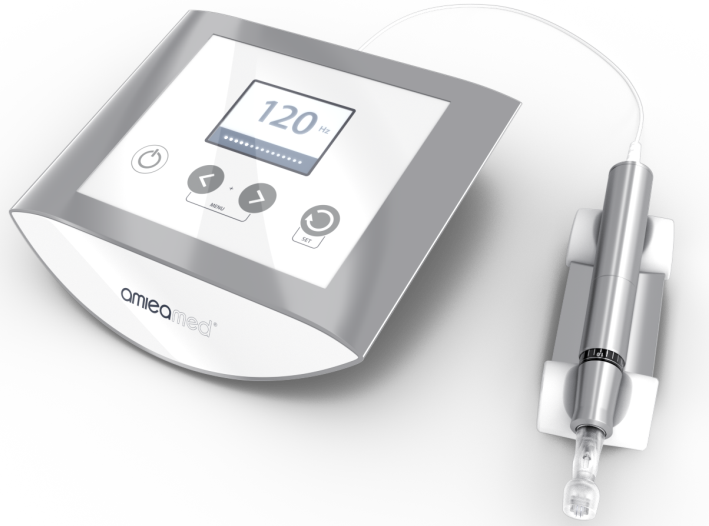Deciphering the importance and meaning of medical certifications, listings and clearances by different international regulatory bodies can be overwhelming and often confusing. Brittany Vescio reveals how to choose the right device for your clinic.
The Therapeutic Goods Administration (TGA) is the regulatory authority that is responsible for the regulation of medical devices and products in Australia. When a company would like to supply a device that has an intended medical application, outcome or result in the Australian marketplace, the device must go through a stringent process of scrutiny before it can be listed in the Australian Register of Therapeutic Goods (ARTG) database prior to release.
What does it all mean?
For a device to legitimately make medical claims in Australia such as “reduces scaring”, it must firstly obtain clearance from the TGA and consequently hold an ARTG certificate which is publicly available on the TGA’s searchable register.
Devices are listed on the register according to their risk classification. Higher risk classification items are required to have more evidence to support their intended purpose whereas lower risk classification items require less evidence.
How can you ensure performance?
In addition to an ARTG certificate, you will notice a lot of other international certifications which are also of high importance for ensuring quality, safety and superior performance of medical devices. Some of the most frequently referred to are ISO & CE certifications plus FDA clearance/approval.
Certification markings and their meanings
CE is a certification marking for products manufactured & designed and/or sold in Europe. This marking indicates conformity to health, safety and environmental protection standards plus adherence to the EC (European Community) directives, otherwise known as legal acts. Medical products for medical treatments require a product certification according to 93/42/EEC.
It is crucial to highlight that a normal ‘CE’ (non-medical) is only a declaration by the manufacturer itself and it declares the conformity of the product to general electric household standards. It is in no way comparable to a medical CE. A medical CE requires a conformity assessment conducted by a notified body whereby a products design, manufacturing environment & processes must adhere to the Medical Devices Directive (MDD).
If a device or component of a device only has “CE” standalone, then this is non-medical. On the other hand, CE followed by a series of numbers i.e. “CE0123” means that the product has a medical certification – the number indicates the medical certification and the notified body which issued the certification.

International standards
ISO, the International Organization for Standardisation, is an independent authority which develops and publishes International Standards that are common across many nations globally. Some countries require ISO 13485 for regulatory approval, it represents the requirements for a comprehensive quality management system utilised for the design and manufacture of medical devices. This standard works in respect to the European Medical Devices Directive 93/42/EEC as discussed above.
Protecting public health
The U.S. Food and Drug Administration (FDA) is responsible for protecting public health by ensuring safety, efficacy and security of products including that of medical devices. If the FDA grants an approval or clearance, it means the agency has determined that the benefits of the product outweigh the known risks for the intended use. To do this, they review laboratory and clinical tests conducted by companies and as a result, they will determine pre-market approval and/or notification of medical devices.
In summary, these regulatory bodies are vital for ensuring adherence to safety and quality outcomes of medical devices in Australia and globally. It is important to identify genuine scope and validity of CE and ISO markings according to their corresponding certificates which can be produced by a supplier or manufacturer. Likewise, it is just as important to confirm listing of medical devices in TGA and FDA registration databases.
Medical microneedling in your clinic
Derma Aesthetics has recently introduced amiea med’s EXCEED medical microneedling device to Australia, which has all the industry approvals you require. EXCEED is FDA approved as a class 2 medical device, clinically proven to treat acne scarring, in particular, to reduce the depth of scars and to normalise the skin structure. It also boasts CE and ISO certifications. Locally it is listed in Australia with the TGA as a class 2b medical device (ARTG: 315425) and it is Medsafe listed in New Zealand.
To introduce the medical microneedling to your clinic, contact Derma Aesthetics today. Phone 1300 420 223 or email enquiries@skincorrection.com.au to learn about their special introductory packages.

